This article was co-authored by Scott Tobis, MD. Dr. Scott Tobis is a board certified Urologist. With more than seven years of experience, he specializes in treating patients for urologic conditions such as urologic cancers, prostate enlargement, vasectomy, kidney stones, frequent/urgent urination, erectile dysfunction, incontinence, and blood in the urine. Dr. Tobis holds a BS in Cellular and Developmental Biology from The University of California, Santa Barbara, and an MD from Dartmouth Medical School. He completed his internship in General Surgery and residency in Urologic Surgery at the University of Rochester School of Medicine and Dentistry and his fellowship in Urologic Oncology and Robotic Surgery at The City of Hope National Medical Center. Dr. Tobis is a diplomat of the American Board of Urology.
There are 18 references cited in this article, which can be found at the bottom of the page.
This article has been viewed 56,791 times.
Kidney stones can be extremely painful and they can become worse if left untreated. But knowing whether or not you have a kidney stone can be a little confusing because the main symptom is pain. However, if you take your symptoms and risk factors into account, then you may have an easier time of determining whether or not you may have kidney stones. If you suspect that you have kidney stones make sure that you see your doctor as soon as possible.
Steps
Identifying Your Symptoms
-
1Determine if you have any pain that may be related to kidney stones. Pain is one of the most common symptoms of kidney stones, so you may notice it before anything else. Pain from a kidney stone is usually very sharp and severe and can even be incapacitating. You might feel pain in different places and at different times. If you have kidney stones, then you may feel pain that:[1]
- Is near your groin and lower abdomen
- Is located on the side of your back around your ribs
- Comes and goes, but will worsen over time
- Becomes more intense and then less intense
- Happens when you try to urinate
-
2Check for changes in your urine's color or smell. Changes in your urine may also signal that you have kidney stones. To determine if you have kidney stones, watch for urine that is:[2]
- Brown, red, or pink in color
- Cloudy
- Bad smelling
Advertisement -
3Identify any changes in urination habits. Changes in how often you need to urinate can also signal that you may have kidney stones. You may have kidney stones if you:[3]
- Feel like you need to urinate even if you just went
- Find yourself going to the bathroom more often that is normal for you
-
4Pay attention to nausea. Sometimes kidney stones may cause you to feel nauseous or even to vomit. If you have been nauseous and/or vomiting, then this may also indicate that you have kidney stones.[4]
-
5Watch for severe symptoms. If you notice any severe symptoms, then you should go to an emergency room as soon as possible to get treatment. Severe symptoms to watch for include:[5]
- Severe pain that makes it impossible to get comfortable
- Pain that is accompanied by nausea and vomiting or fever and chills
- Bloody urine
- Having a hard time urinating at all
Considering Your Risk Factors
-
1Consider your medical history. The strongest risk factor is a history of kidney stones. If you have already had a kidney stone, you have a greater risk of developing more.[6] It is important that you take measures to reduce any other other risk factors.
-
2Ask family members about their medical history. If someone in your family has had kidney stones, then you may be at higher risk of having kidney stones as well.[7] Consider your family member's experiences with kidney stones as you think about whether or not you may have them.
-
3Drink more water. Not drinking enough water is another risk factor in developing kidney stones.[8] Water helps to dissolve minerals that may form kidney stones in your body. The more water you drink, the less likely it is that these minerals will cling to each other and form stones.
-
4Follow a healthy diet. Eating an unhealthy diet can also increase your risk of developing kidney stones. If you eat a lot of protein and/or a lot of salty, sugary food, then you are at higher risk of developing kidney stones.[12] Think about what you eat in a typical day to determine if this is one of your risk factors.
- Recent recommendations are to avoid sodas containing phosphoric, such as colas, as these increase the risk of kidney stones.[13]
-
5Lose weight if you are overweight or obese. Being obese is another risk factor for kidney stones.[14] You are considered obese if your BMI is 30 or higher.[15] Check your weight and BMI to determine whether or not this may be one of your risk factors for kidney stones.
- Keep in mind that if you have recently gained weight, then you may also be at risk of developing kidney stones, even if you are not obese.
-
6Identify any medical conditions or surgeries that may have put you at risk. Some medical conditions and surgeries can also put you at higher risk of developing kidney stones. Consider your recent medical history to determine if any medical conditions or surgeries may have increased your risk for kidney stones. Some conditions and surgeries that can increase your risk of kidney stones include:[16]
- Inflammatory bowel disease
- Gastric bypass surgery
- Chronic diarrhea
- Hyperparathyroidism
- Urinary tract infection
- Cystinuria
Getting a Diagnosis and Treatment
-
1See your doctor for a diagnosis. Kidney stones can become more severe and painful if left untreated. If you think that you may have kidney stones, then you should see a doctor as soon as possible. Your doctor can diagnose your kidney stones based on your symptoms, a blood or urine test, or by using imaging such as a CT scan.[17]
- Getting a CT scan is the most accurate way to determine if you have kidney stones. Your doctor can also use the results of the kidney stones to determine where the stones are at and how big they are.
-
2Follow your doctor's instructions for treatment. If you are diagnosed with kidney stones, then your doctor will recommend the best course of treatment for your situation. This may include drinking plenty of water in order to help pass the kidney stones or administering special medications to help you pass the stones.
- If you kidney stones are large, then your doctor may need to use something called “extracorporeal shock wave lithotripsy” or ESWL. This procedure breaks large stones into smaller ones so that you can pass them more easily.[18]
- Your doctor can also use a scope to break up a stone that is trapped in your ureter and make it easier for your body to pass.[19]
- Be aware that surgery may be required for severe cases of kidney stones that do not respond to other forms of treatment.[20]
-
3Take over-the-counter pain relievers to cope with pain. If your pain is severe, then your doctor may prescribe a prescription pain-killer. But in less severe cases of kidney stones, an over-the-counter pain killer will help to numb the pain.[21]
- You may take ibuprofen, acetaminophen, or aspirin depending on your medical needs and personal preferences.
- Ask your doctor for a recommendation if you are not sure what to take.
- Read and follow the product instructions for any medicine that you take.
Warnings
- If you have a fever, severe pain, pain with urination, or foul-smelling urine, seek medical care, whether you think you have a kidney stone or not. These are all symptoms that require further medical evaluation.⧼thumbs_response⧽
- Do not delay treatment if you suspect that you might have kidney stones. Kidney stones can become severe if they are not treated and you may end up needing surgery or having to deal with an infection. See your doctor as soon as possible!⧼thumbs_response⧽
References
- ↑ https://www.urologyhealth.org/urology-a-z/k/kidney-stones
- ↑ https://my.clevelandclinic.org/health/diseases/15357-urine-changes
- ↑ https://www.urologyhealth.org/urology-a-z/k/kidney-stones
- ↑ https://www.kidney.org/atoz/content/kidneystones
- ↑ https://www.nhs.uk/conditions/kidney-stones/symptoms/
- ↑ https://www.mayoclinic.org/diseases-conditions/kidney-stones/symptoms-causes/syc-20355755
- ↑ https://my.clevelandclinic.org/health/diseases/15604-kidney-stones
- ↑ https://www.urologyhealth.org/healthy-living/care-blog/2019/hydrate-to-help-prevent-kidney-stones
- ↑ https://www.mayoclinic.org/healthy-lifestyle/nutrition-and-healthy-eating/in-depth/water/art-20044256
- ↑ https://www.mayoclinic.org/healthy-lifestyle/nutrition-and-healthy-eating/in-depth/water/art-20044256
- ↑ https://health.clevelandclinic.org/what-urine-color-means/
- ↑ https://www.mayoclinic.org/diseases-conditions/kidney-stones/symptoms-causes/syc-20355755
- ↑ http://www.medscape.com/viewarticle/834310
- ↑ https://www.niddk.nih.gov/health-information/urologic-diseases/kidney-stones/eating-diet-nutrition
- ↑ http://www.cdc.gov/obesity/adult/defining.html
- ↑ https://www.mayoclinic.org/diseases-conditions/kidney-stones/symptoms-causes/syc-20355755
- ↑ http://www.mayoclinic.org/diseases-conditions/kidney-stones/basics/tests-diagnosis/con-20024829
- ↑ https://www.kidney.org/atoz/content/kidneystones_shockwave
- ↑ https://my.clevelandclinic.org/health/treatments/16254-nephroscopy
- ↑ https://www.kidney.org/atoz/content/kidneystones_PNN
- ↑ http://www.mayoclinic.org/diseases-conditions/kidney-stones/basics/treatment/con-20024829
- ↑ https://health.ucsd.edu/news/2010/Pages/4-22-kidney-stones.aspx
About This Article
To know if you have kidney stones, check to see if the pain is near your groin and lower abdomen, or if it's located on the side of your back around your ribs. You may also notice the pain getting worse with time, especially when you urinate. If that's the case, check for changes in your urine, like a brownish color or a foul smell. Additionally, look for changes in your urination habits, such as feeling like you need to urinate even though you just went, or going to the bathroom more often than usual. For more information from our Medical co-author, including how to get treatment for kidney stones, keep reading!
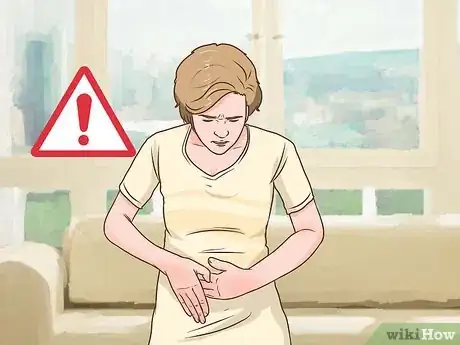
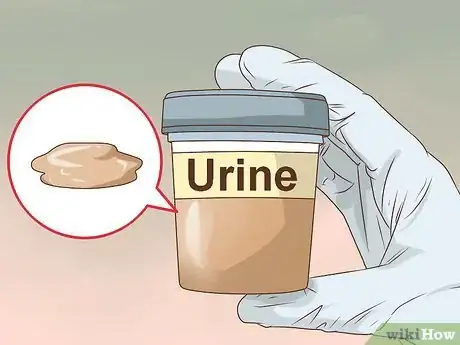
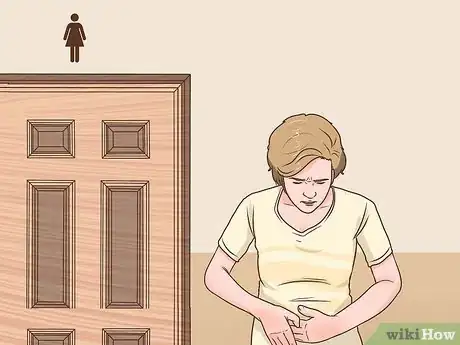
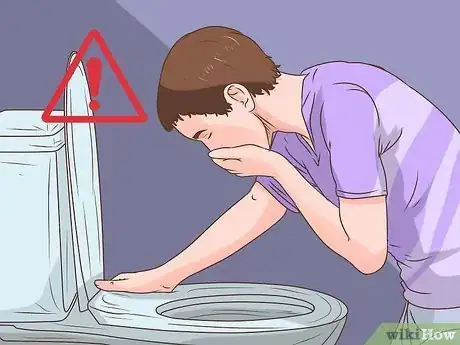
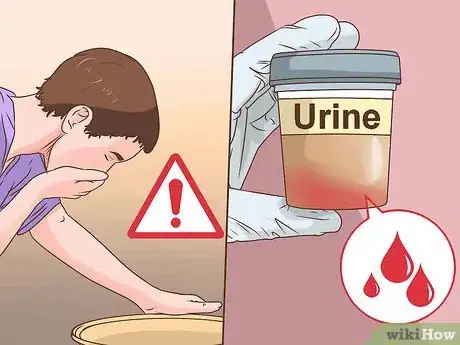
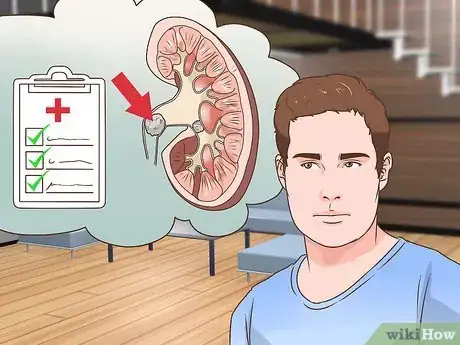
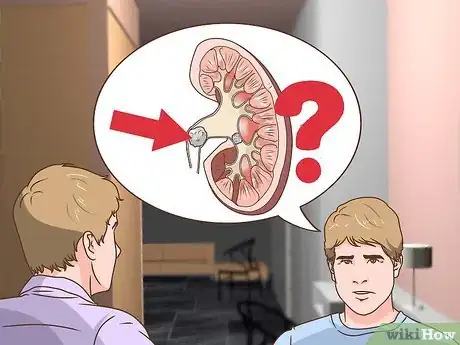
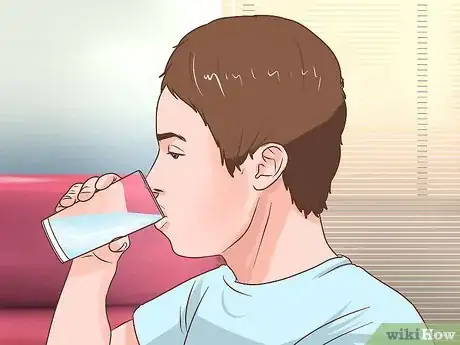
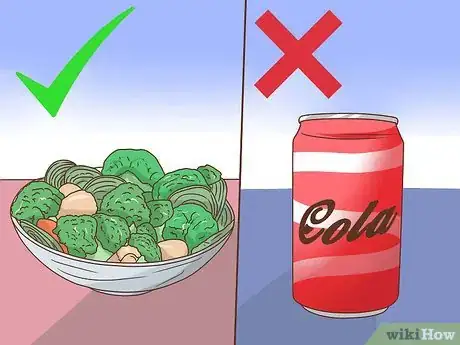
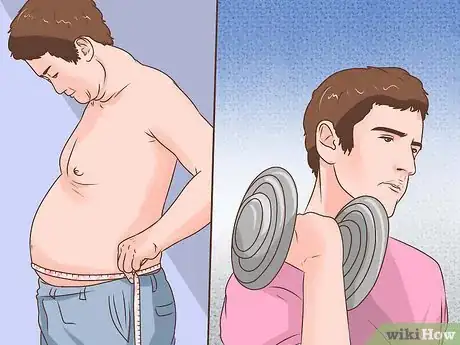
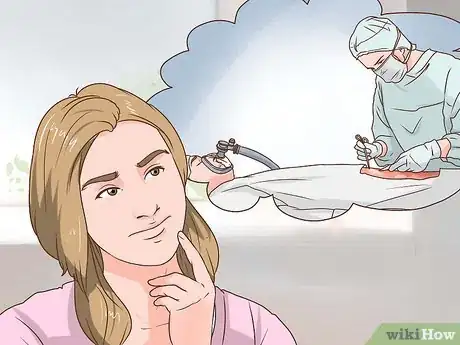
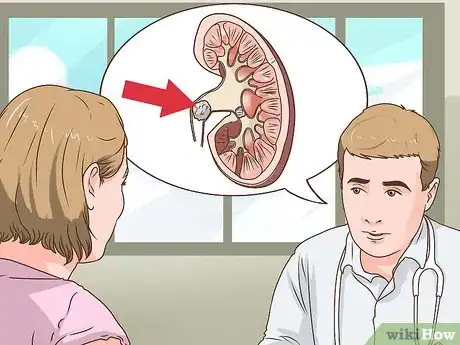
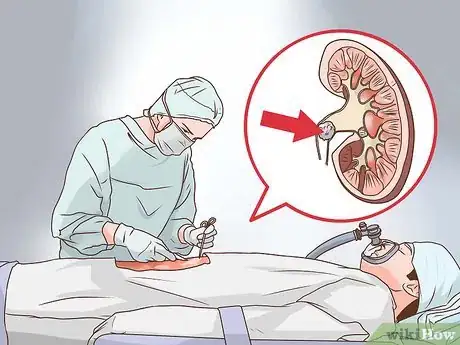
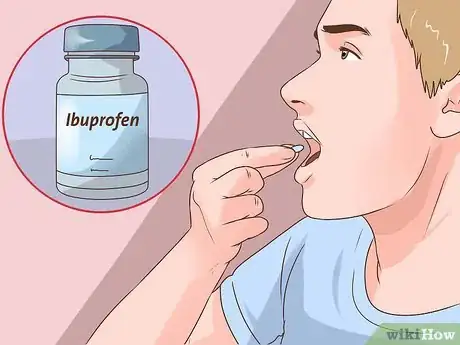

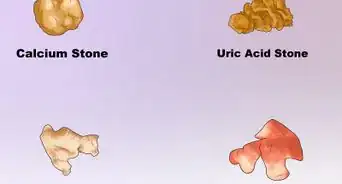
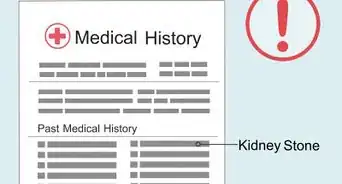
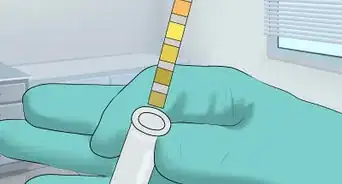
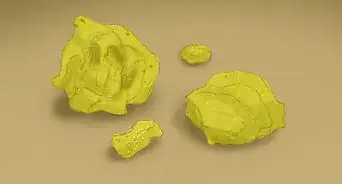
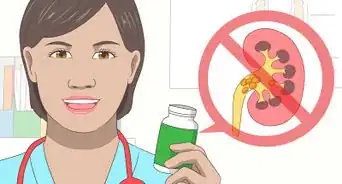
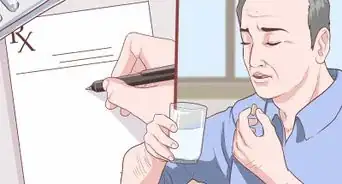


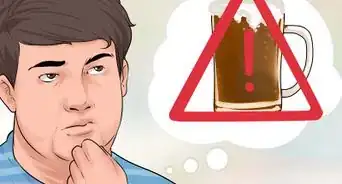









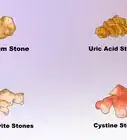
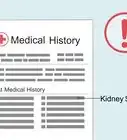
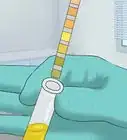



































Medical Disclaimer
The content of this article is not intended to be a substitute for professional medical advice, examination, diagnosis, or treatment. You should always contact your doctor or other qualified healthcare professional before starting, changing, or stopping any kind of health treatment.
Read More...